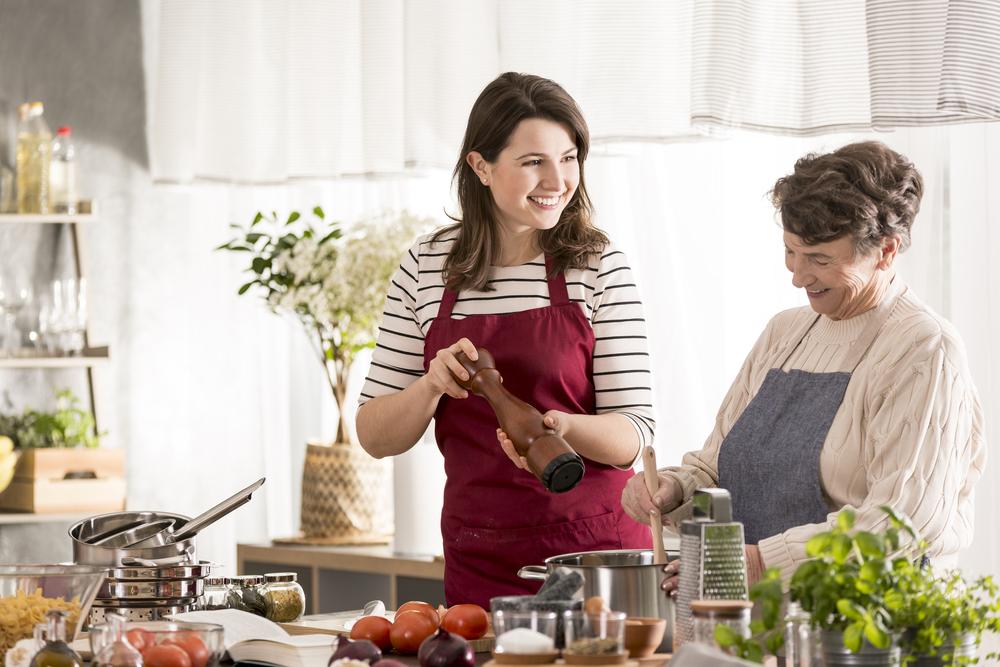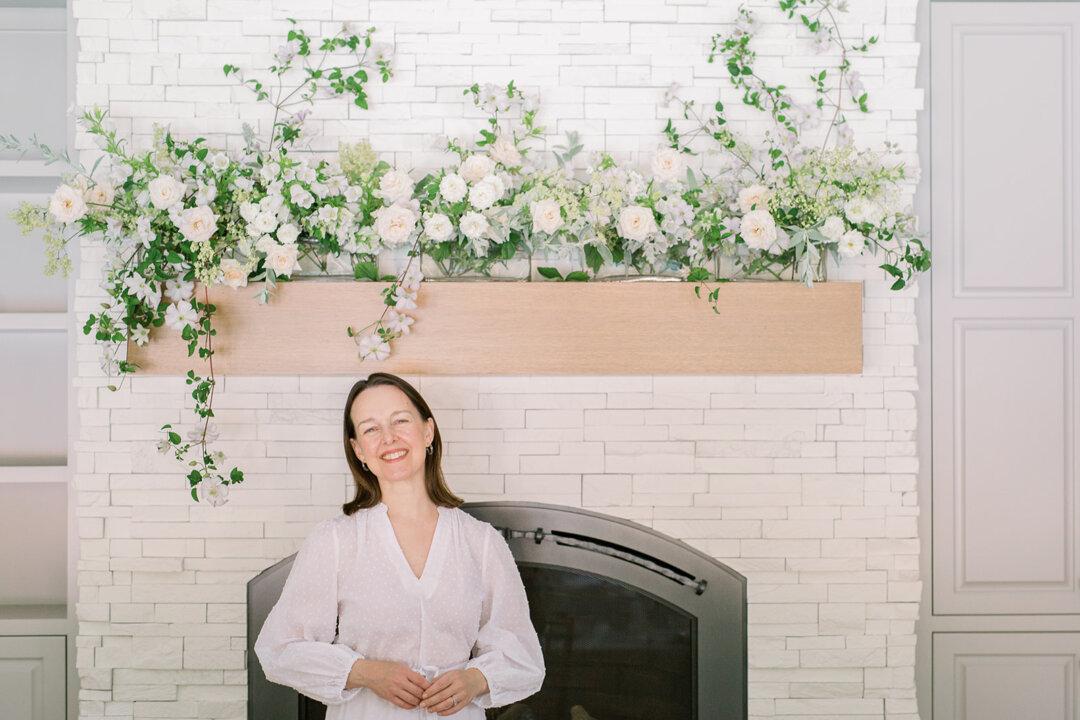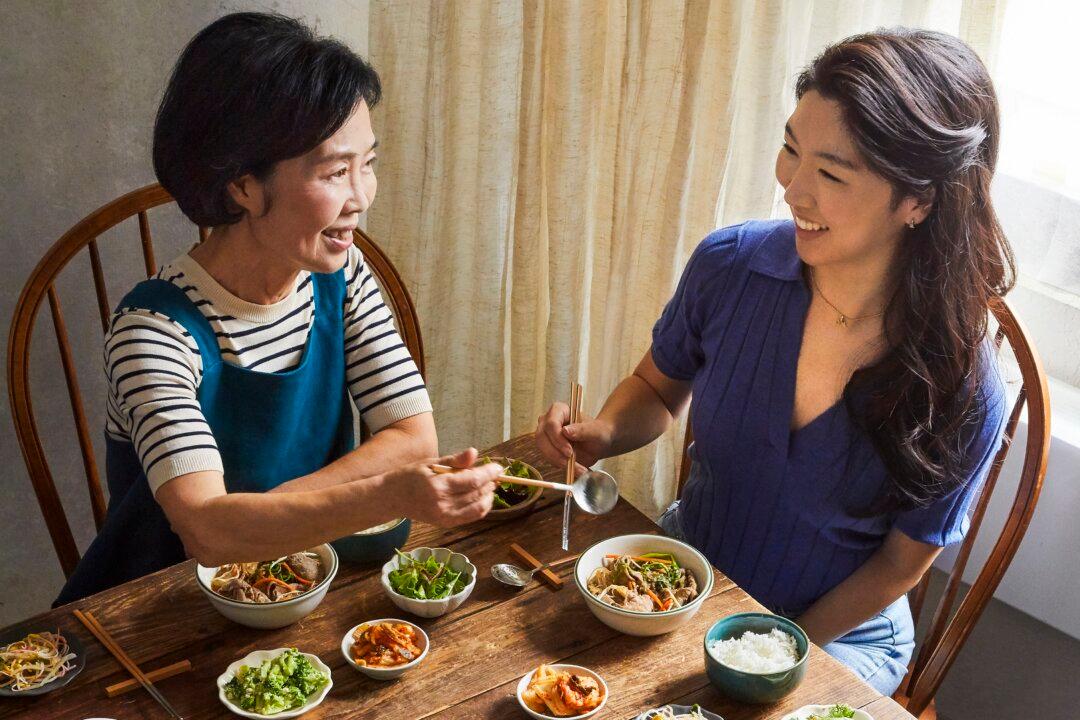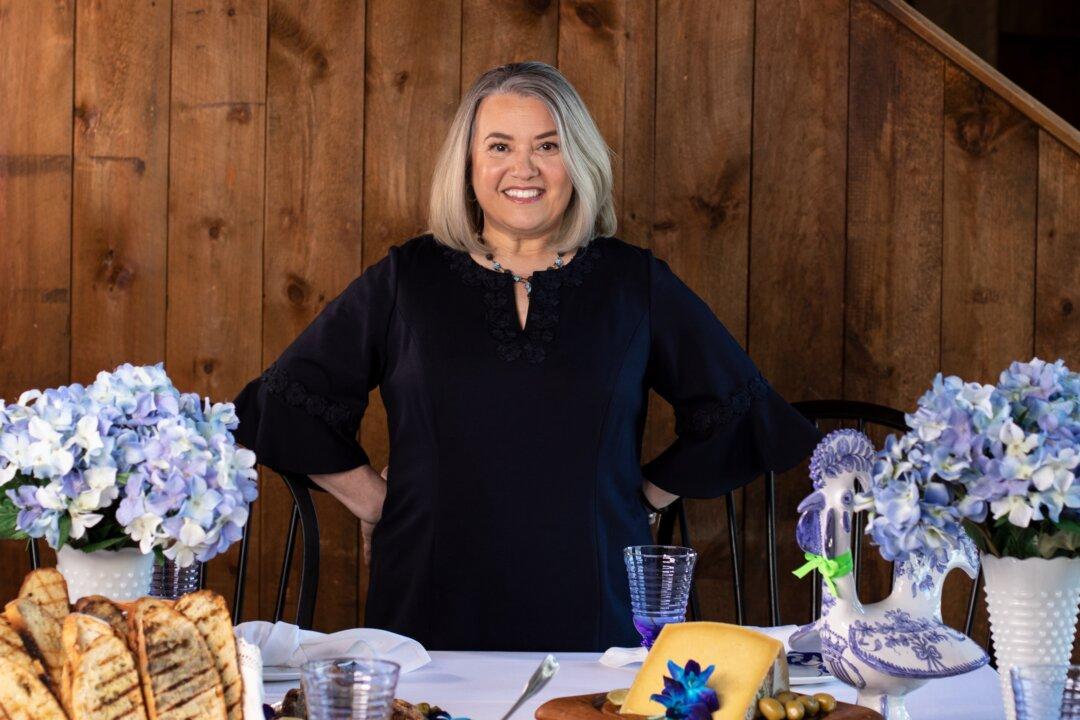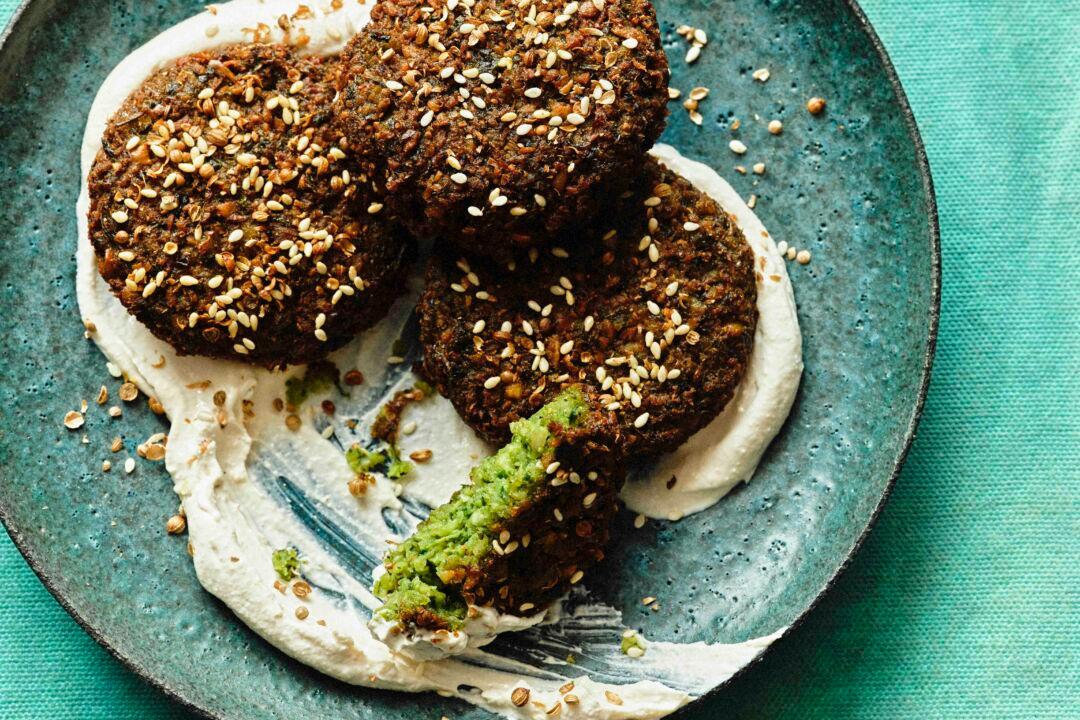I met my future mother-in-law, Lisa, when I was just 18. At the time, she ran a bake shop on weekends, and her kitchen always had a cake stand on the center island, filled with cookies, cupcakes, or my favorite: pie.
I have appreciated my mother-in-law’s apple pie from the first time I met her. The crust is always perfectly flaky, both light and indulgent, and filled with a variety of apples and spices. Served warm, with ice cream, I would argue that it’s a dessert that could be served any time of year.

